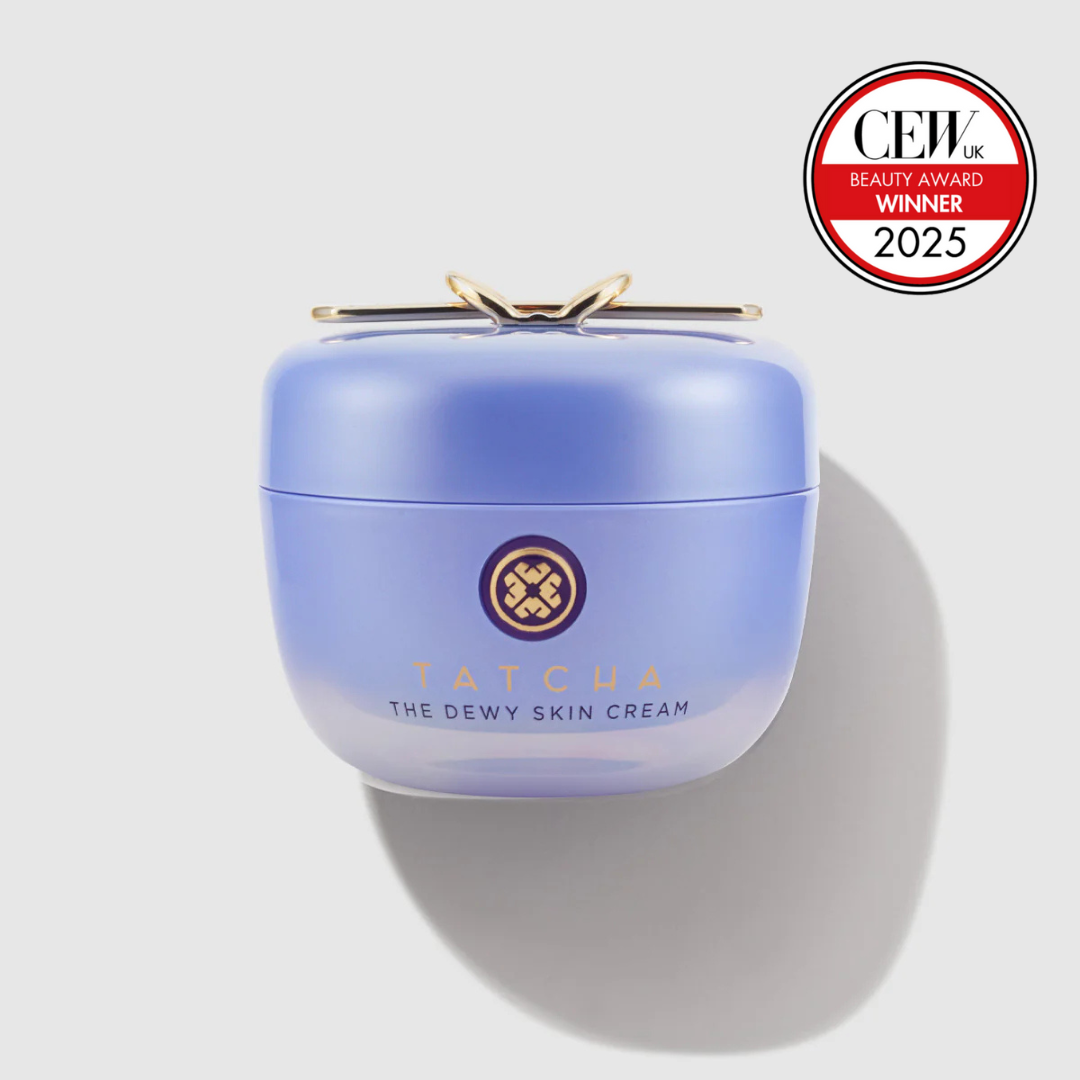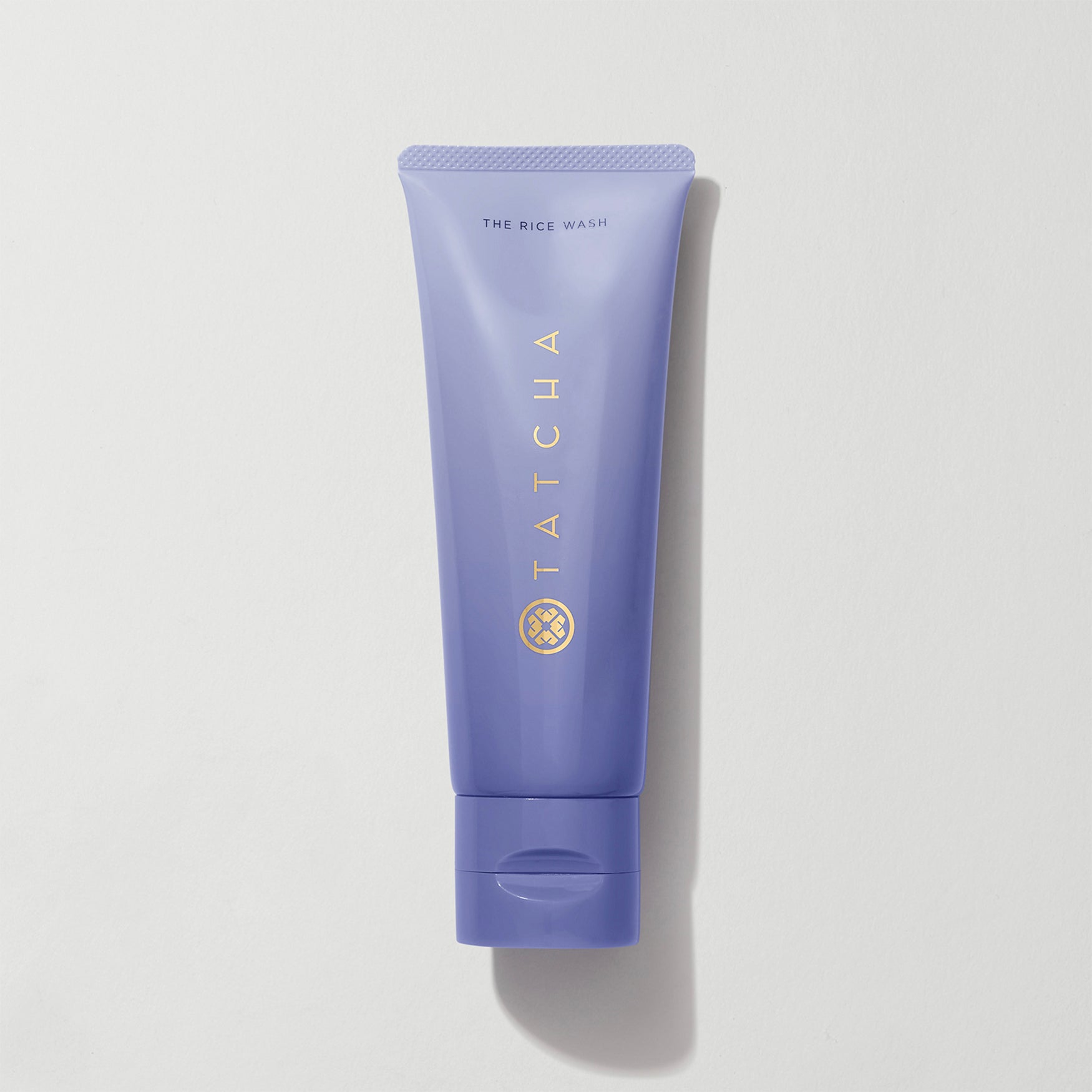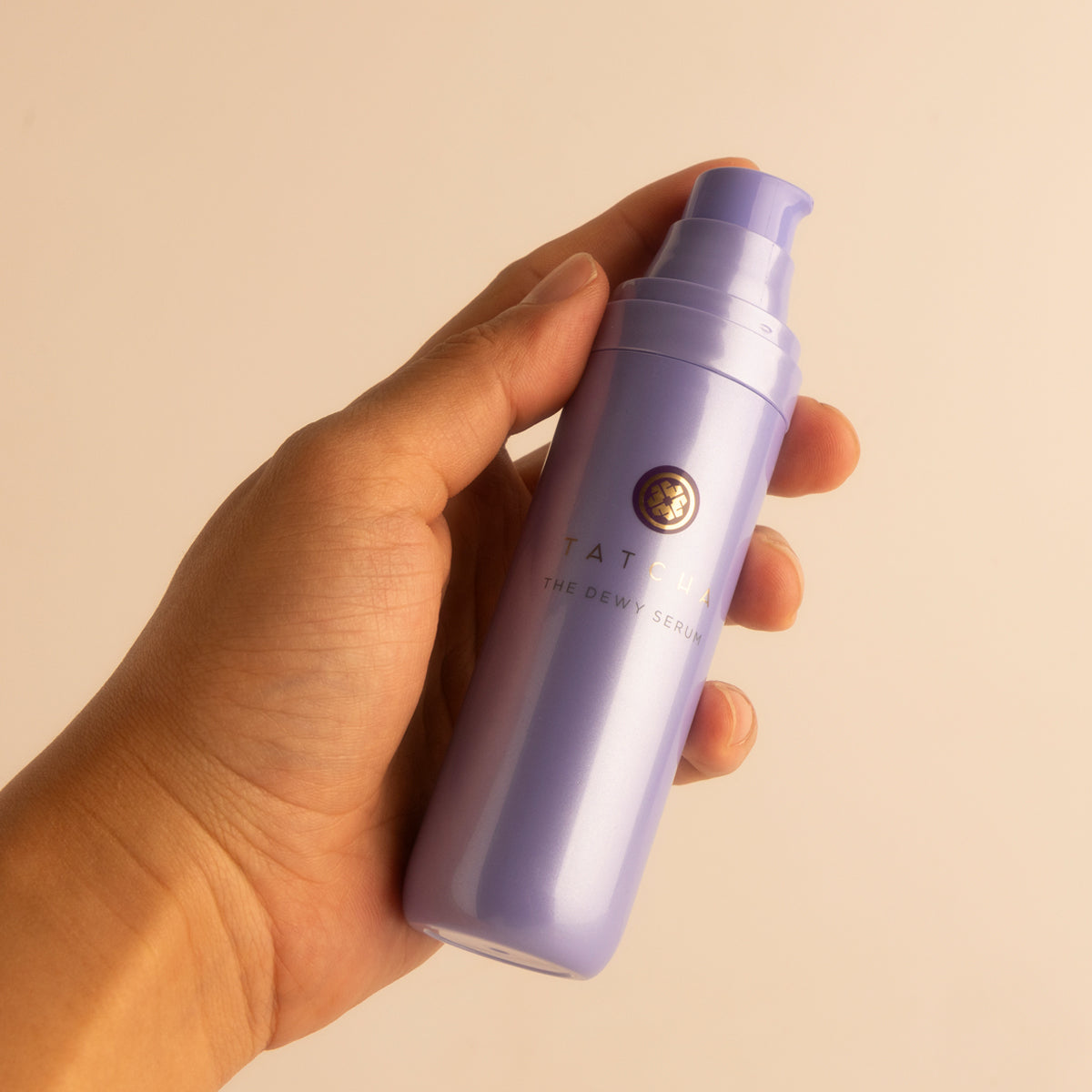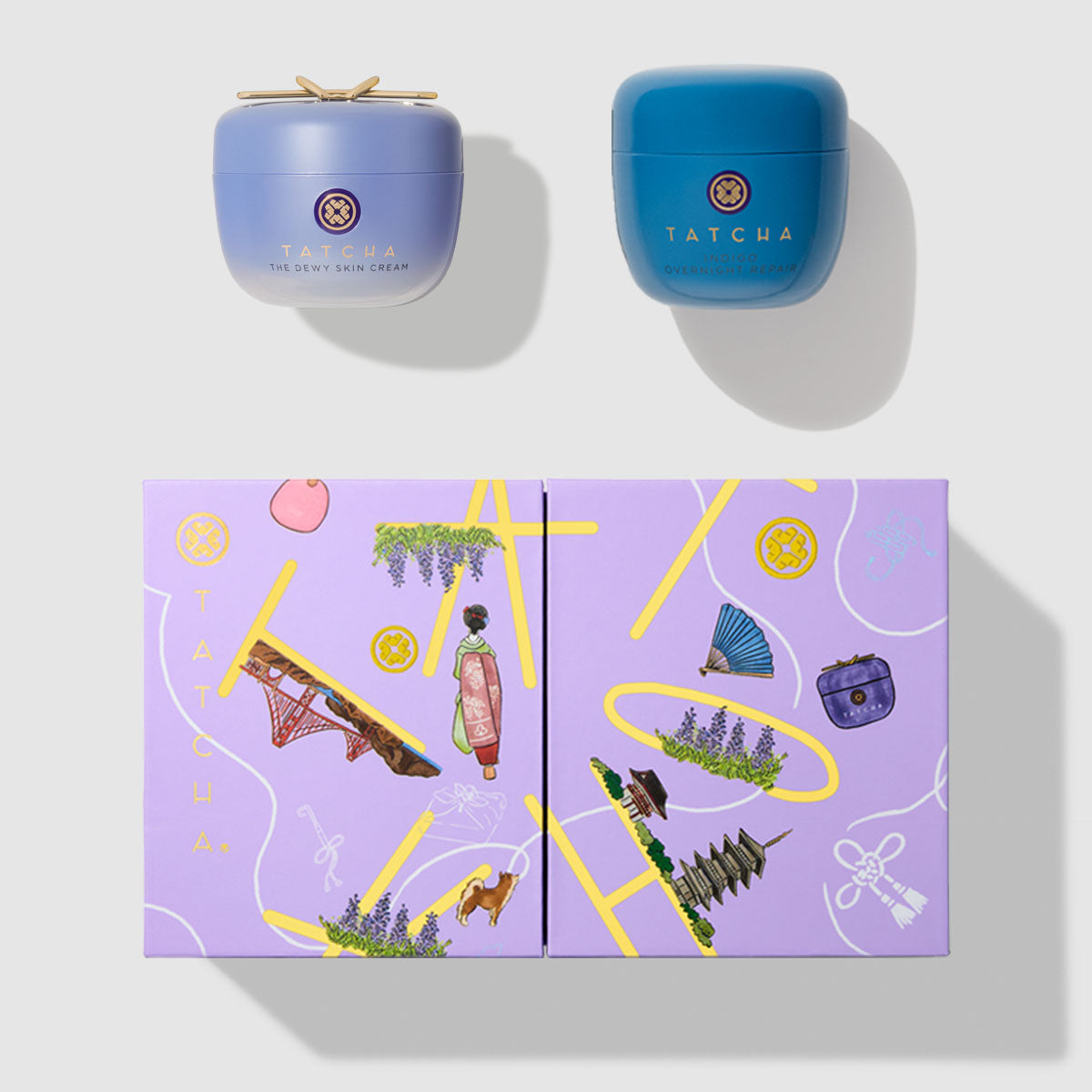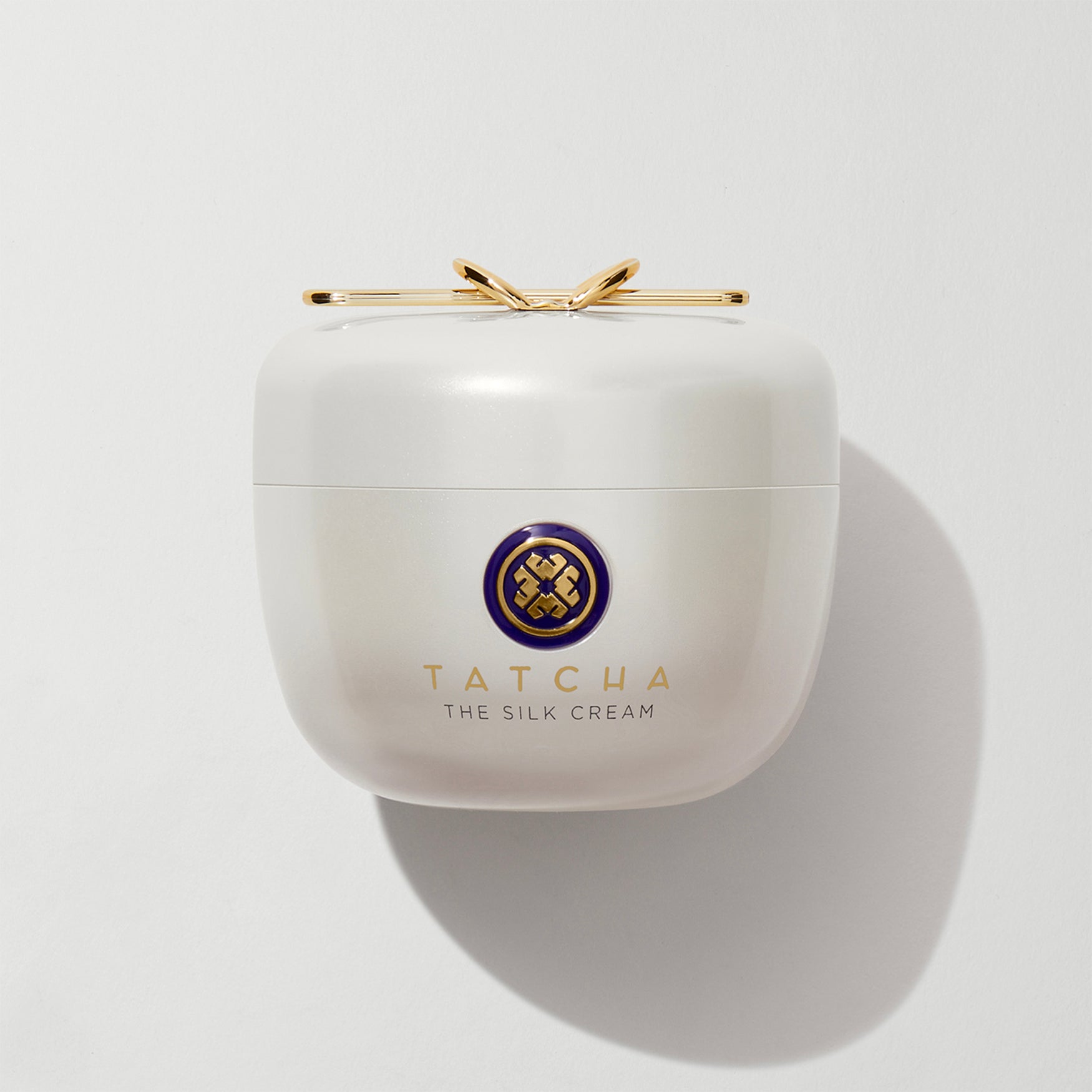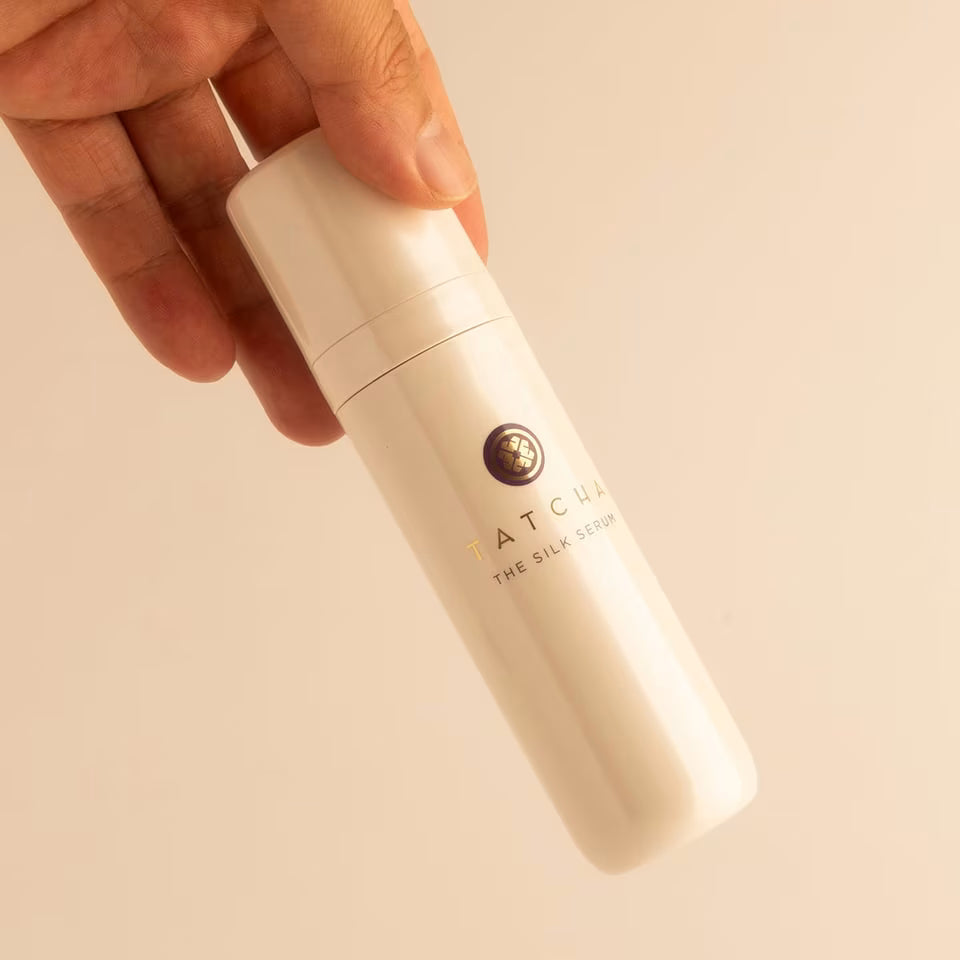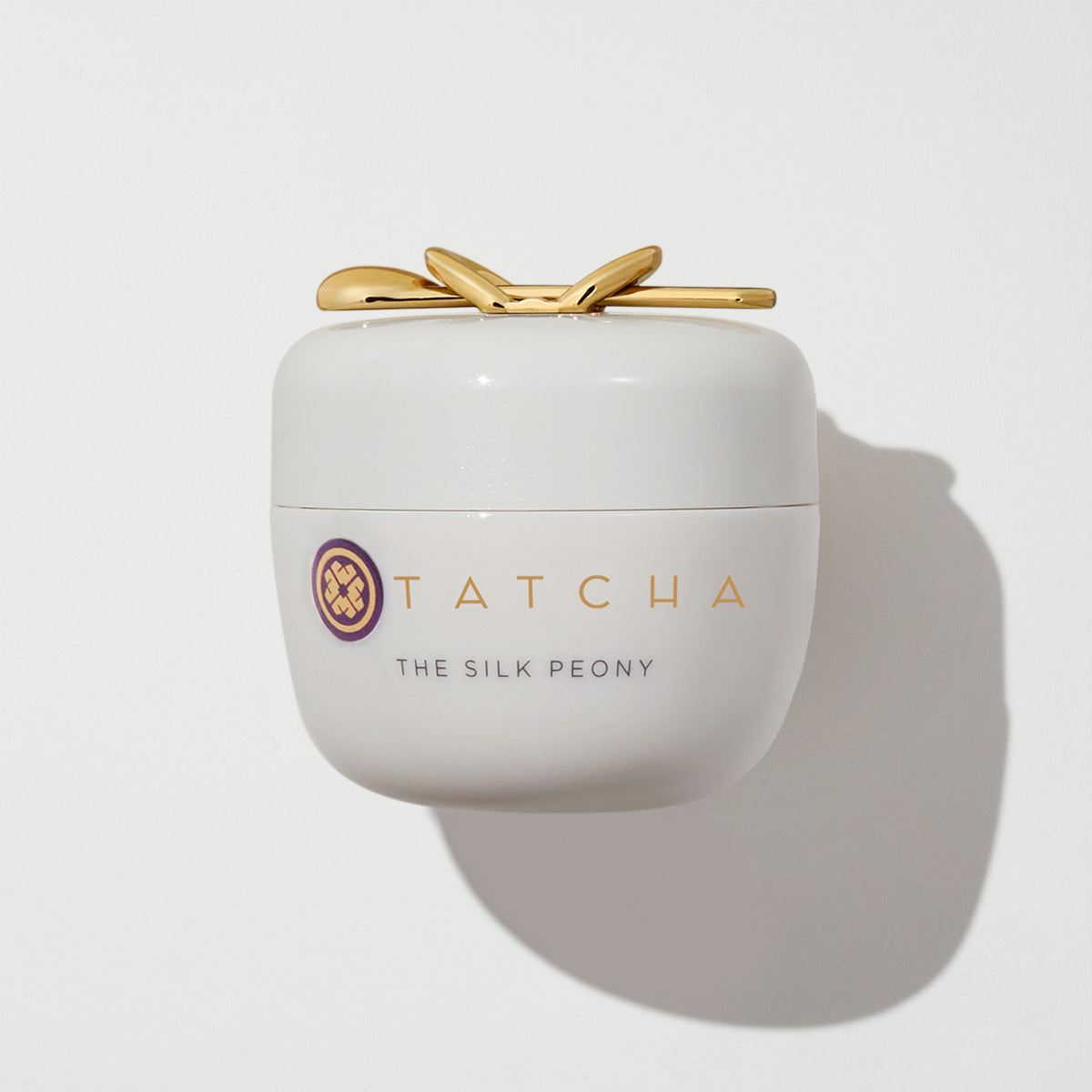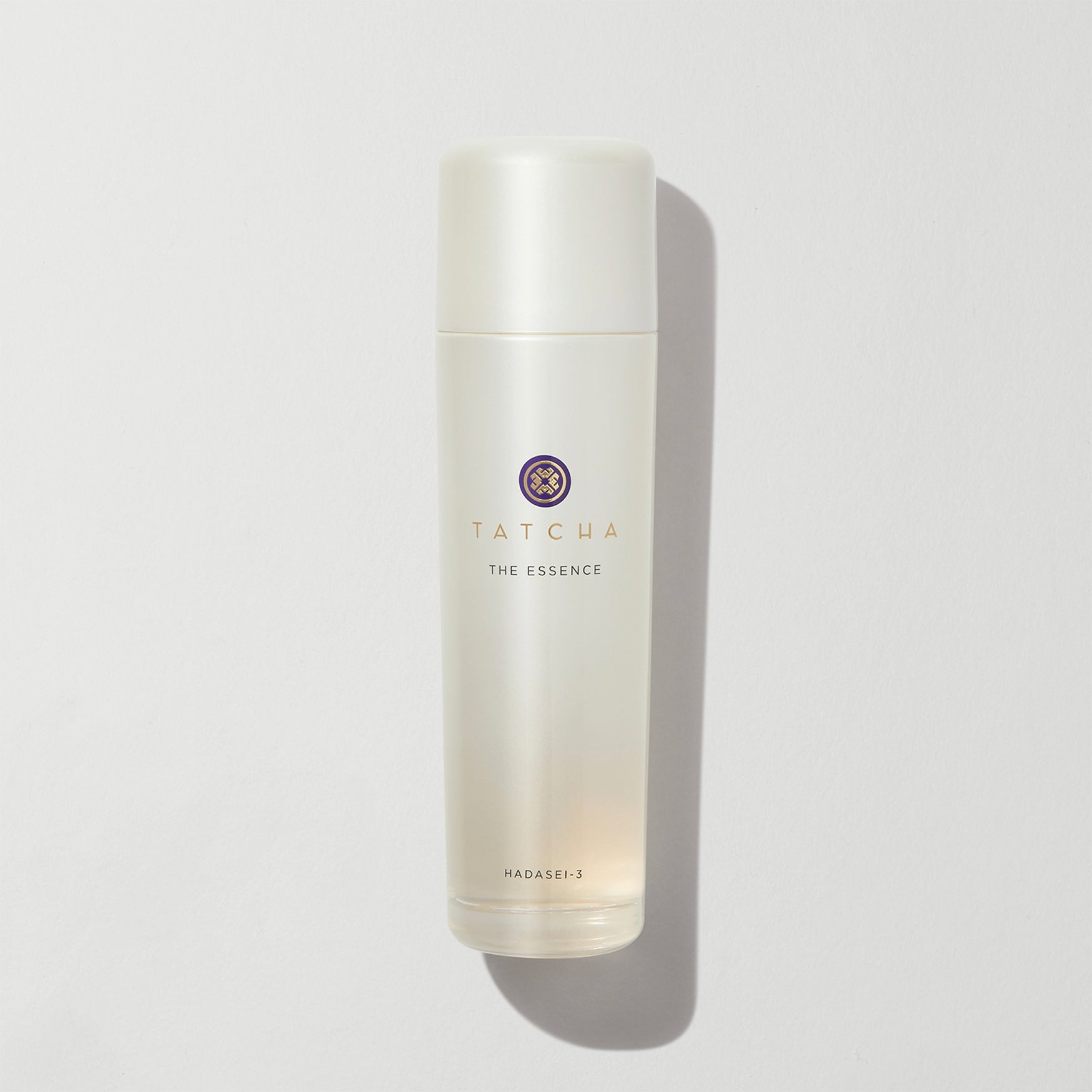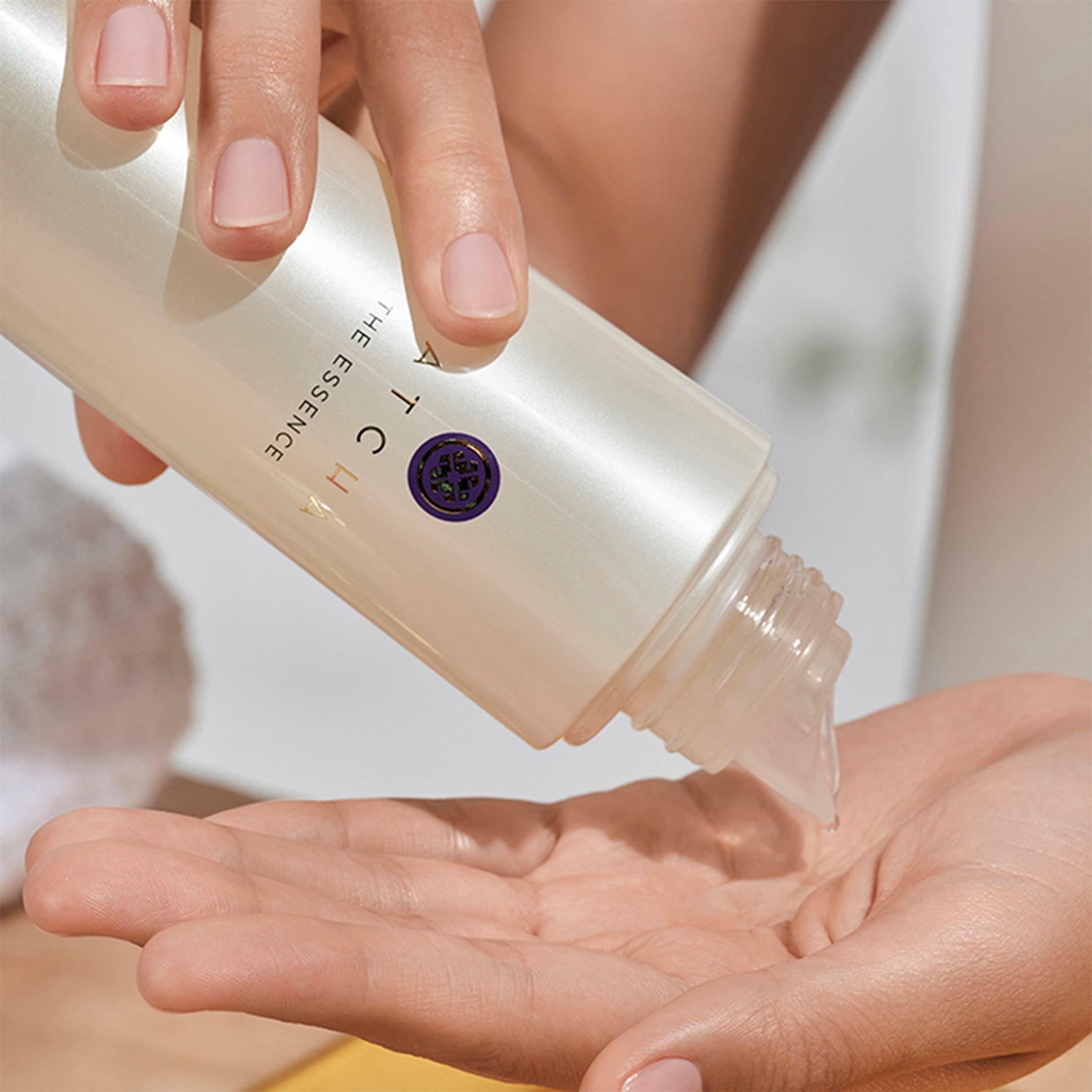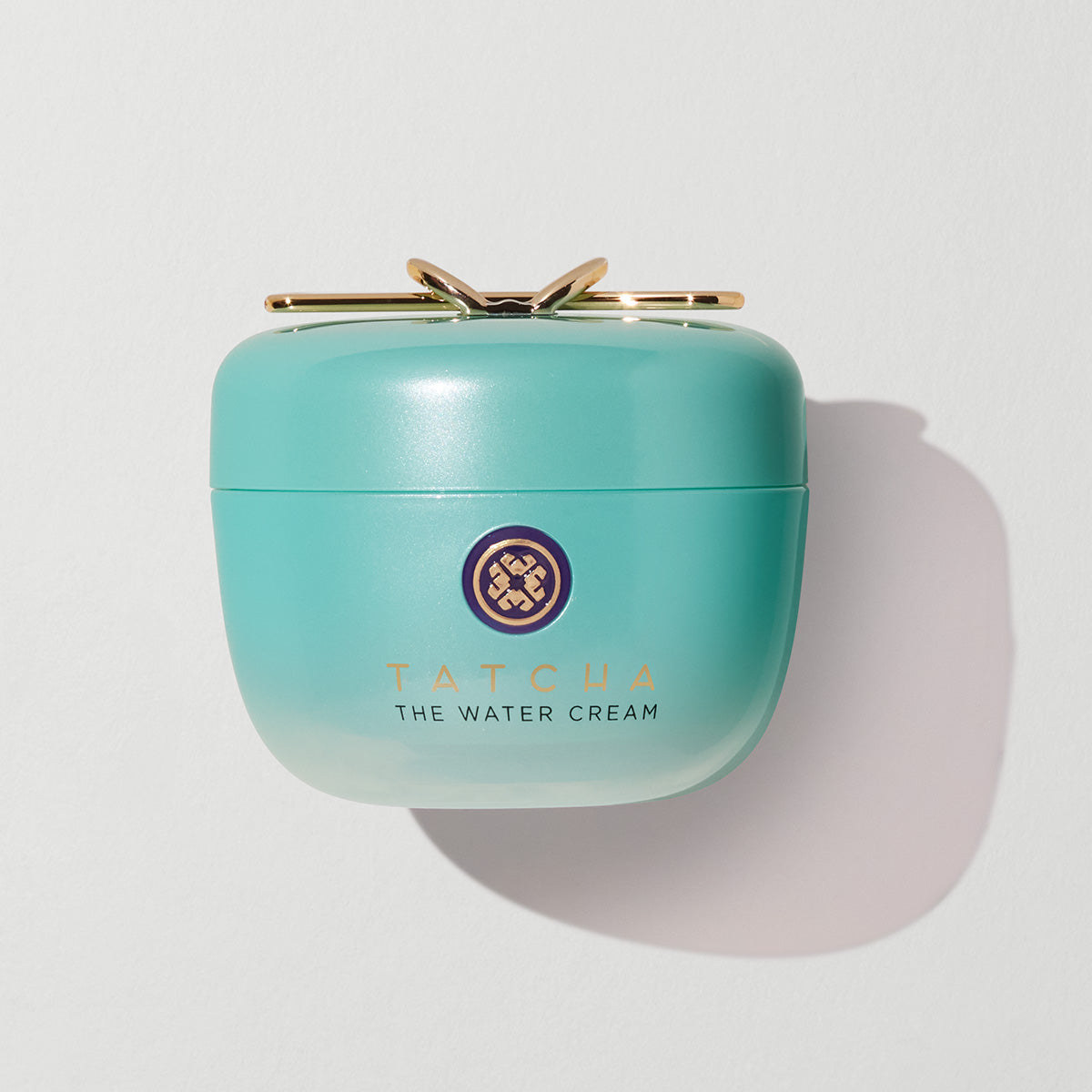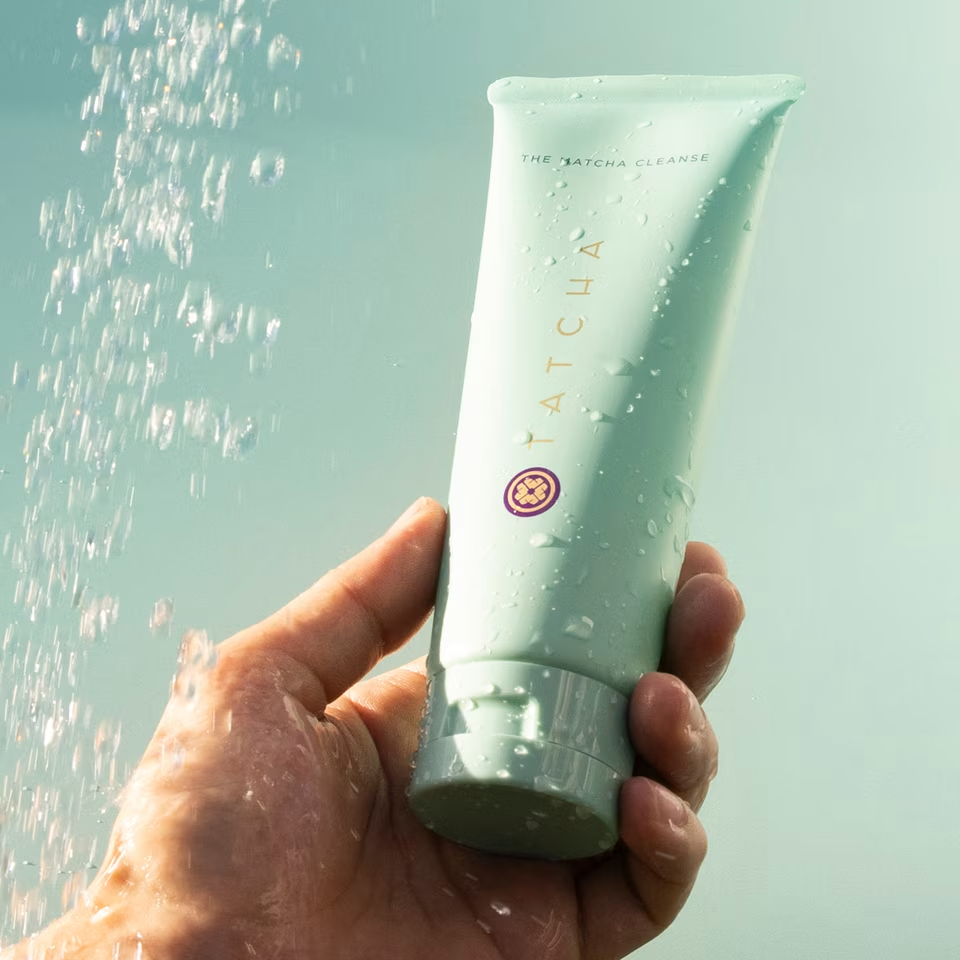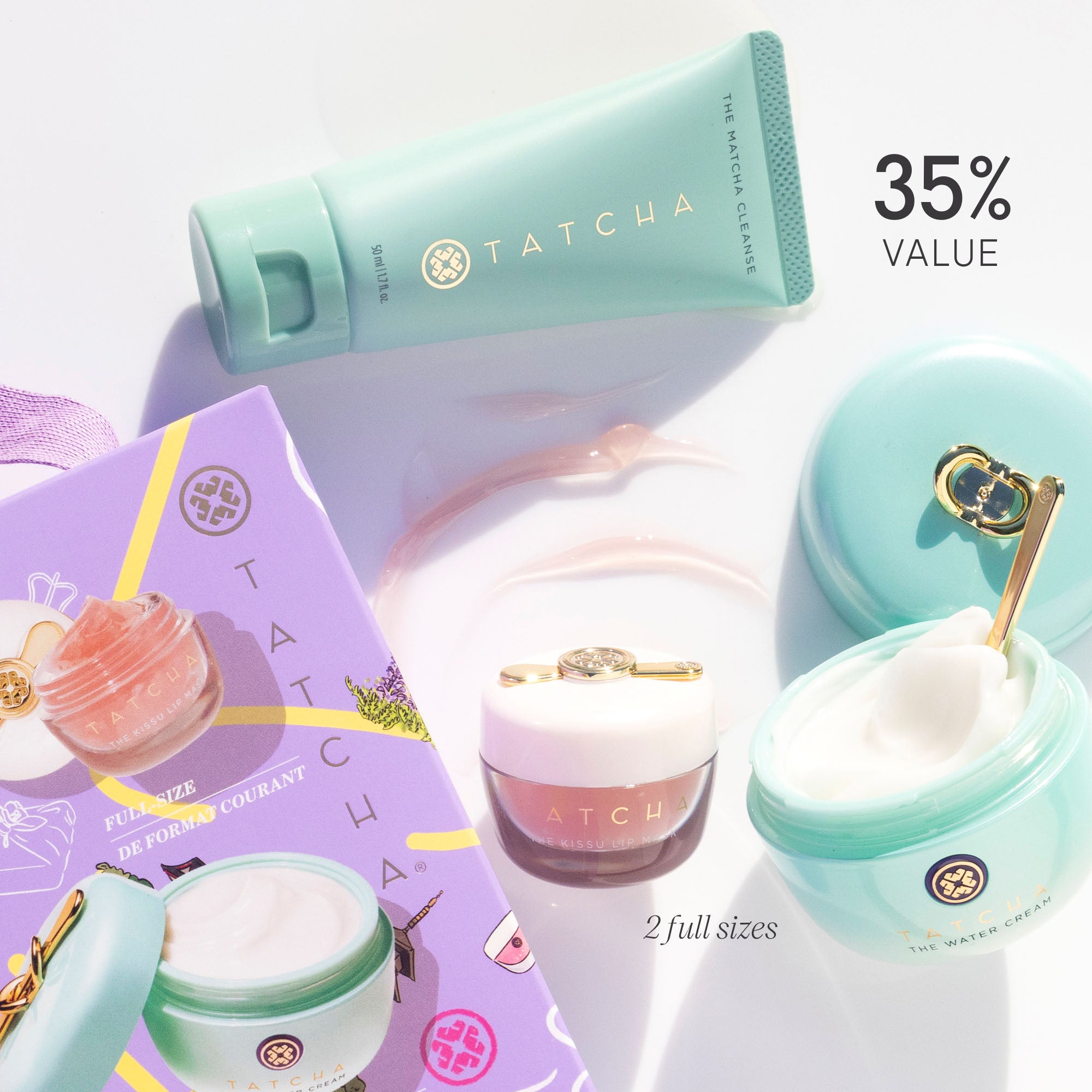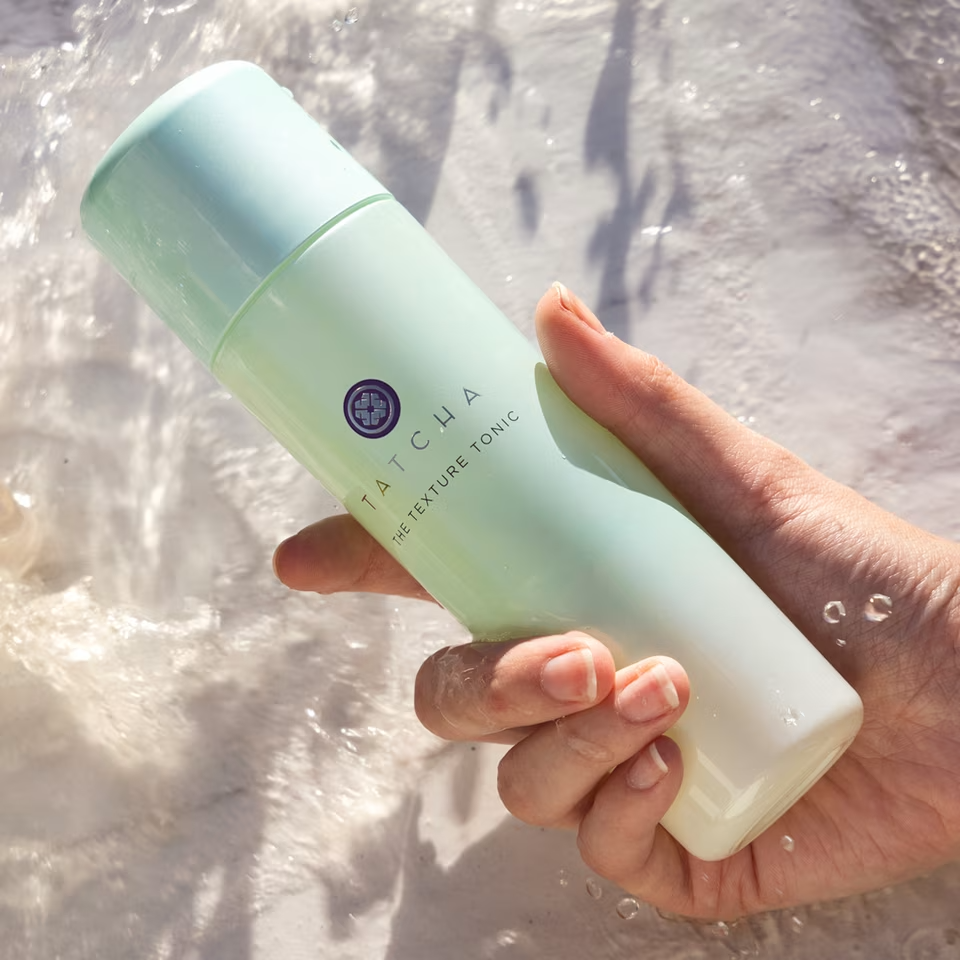Please choose up to free gifts from the following
Please select your free gift

The Silk Sunscreen | 1ml
Unselect
Select
A weightless, fragrance-free SPF 50 mineral sunscreen.

The Matcha Cleanse | 2ml
Unselect
Select
A fragrance-free, soap-free gel cleanser with BHA alternatives.
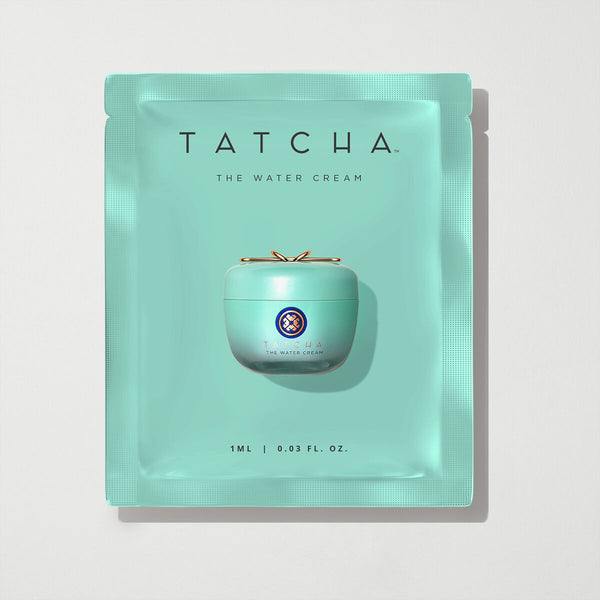
The Water Cream | 1ml
Unselect
Select
Lightweight pore-refining moisturiser for smooth, balanced skin.

The Silk Serum | 1ml
Unselect
Select
A retinol alternative serum to visibly firm and smooth.
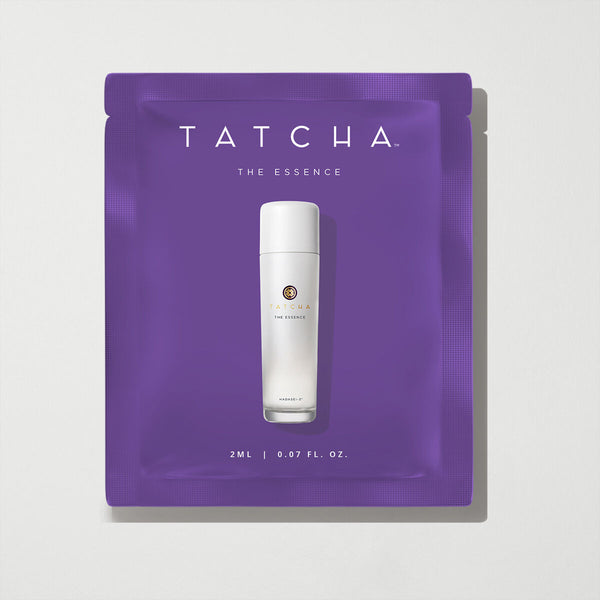
The Essence | 2ml
Unselect
Select
Resurface, soften and plump with a trio of fermented Japanese superfoods.

The Brightening Eye Cream | 0.5ml
Unselect
Select
Brightening and dark circle reduction cream.
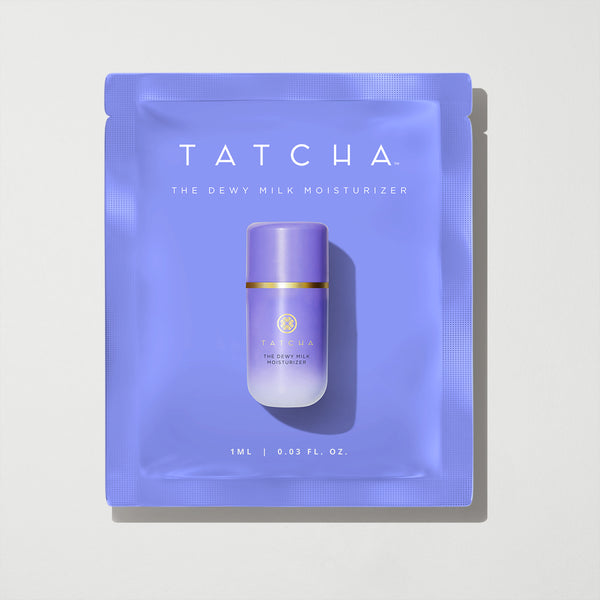
The Dewy Milk Moisturizer | 1 ml
Unselect
Select
A milky moisturiser that delivers weightless hydration while balancing excess oil.

Complimentary Bag
Unselect
Select
Select 3 minis & receive a complimentary bag.
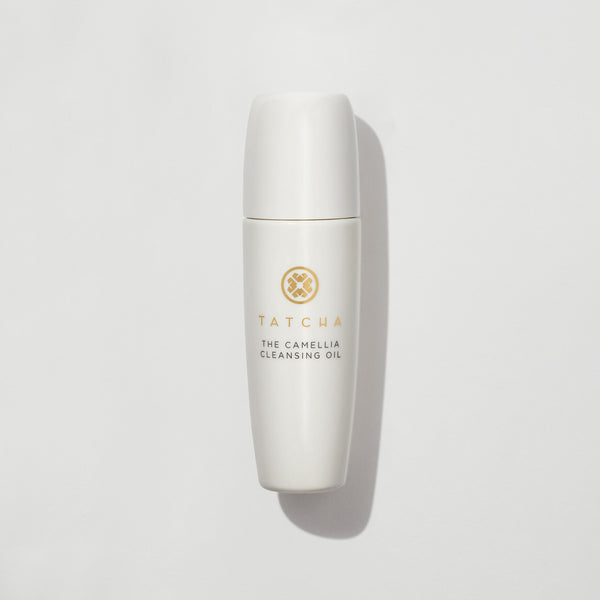
The Camellia Cleansing Oil Mini
Unselect
Select
2-in-1 Makeup Remover & Cleanser
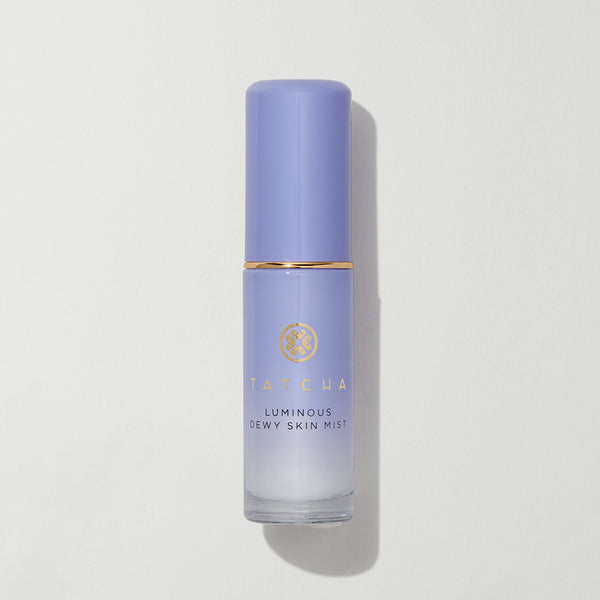
Luminous Dewy Skin Mist Mini
Unselect
Select
Refreshing Luminous Mist
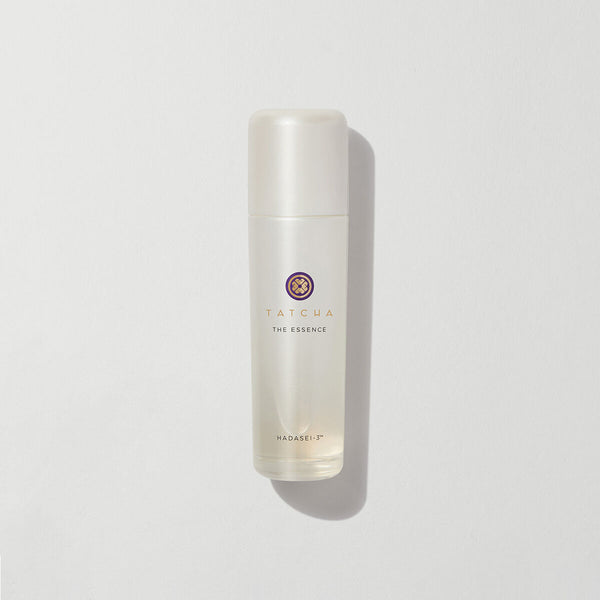
The Essence Gift | 75ml
Unselect
Select
Resurface, soften and plump with a trio of fermented Japanese superfoods.
Value:
£63.00
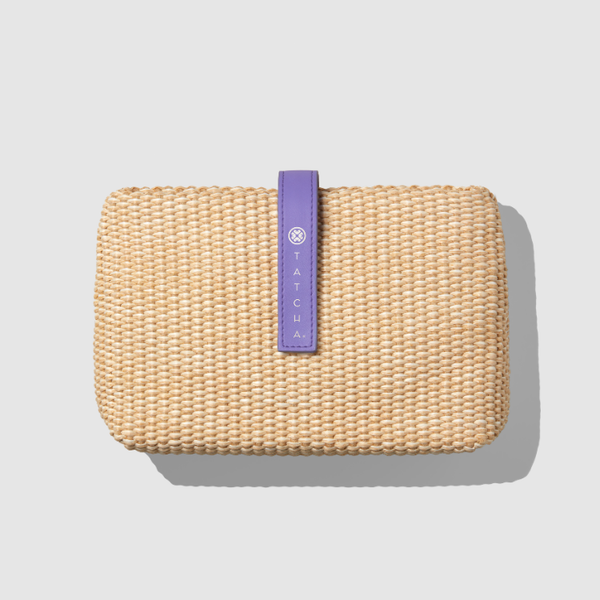
Tatcha Pouch
Unselect
Select
